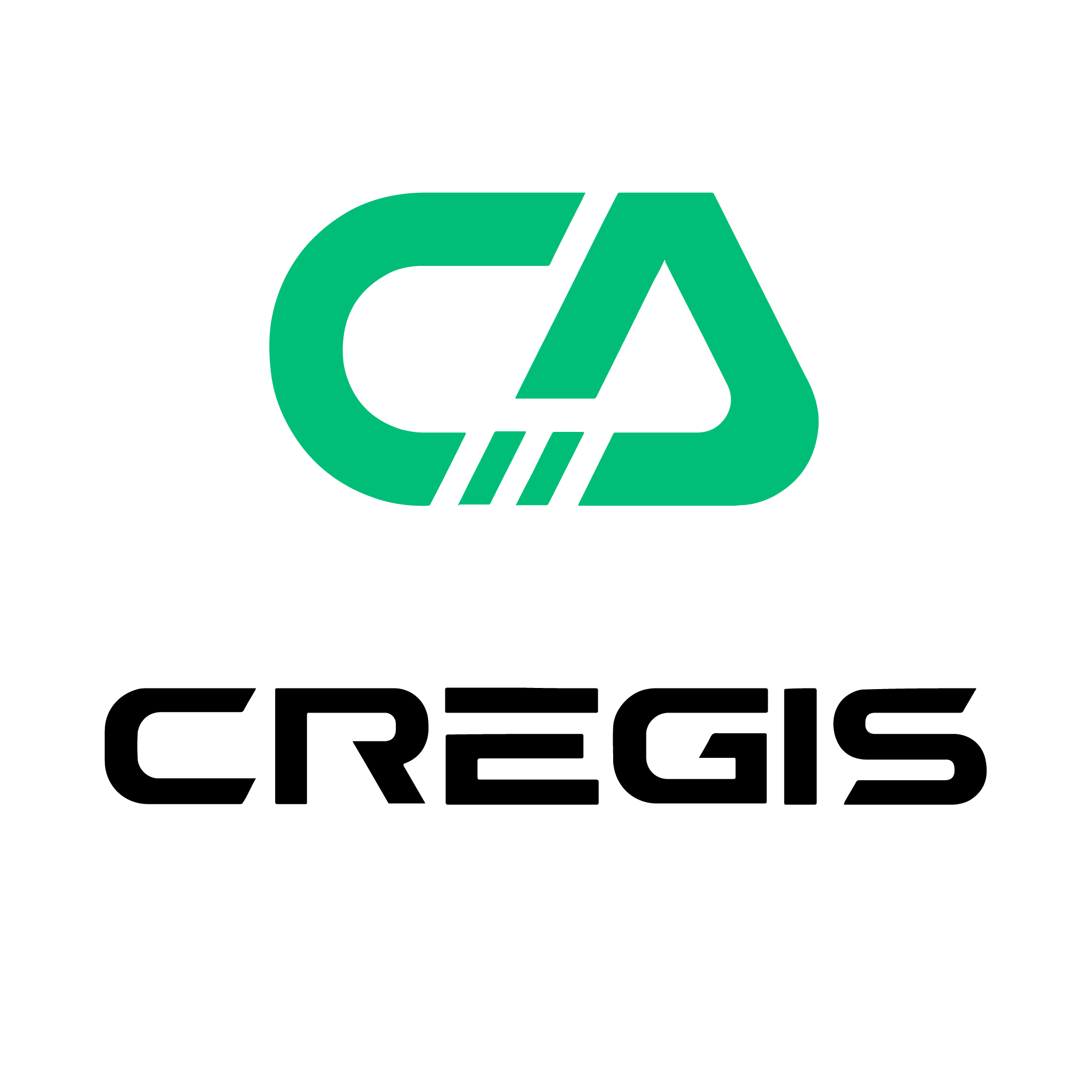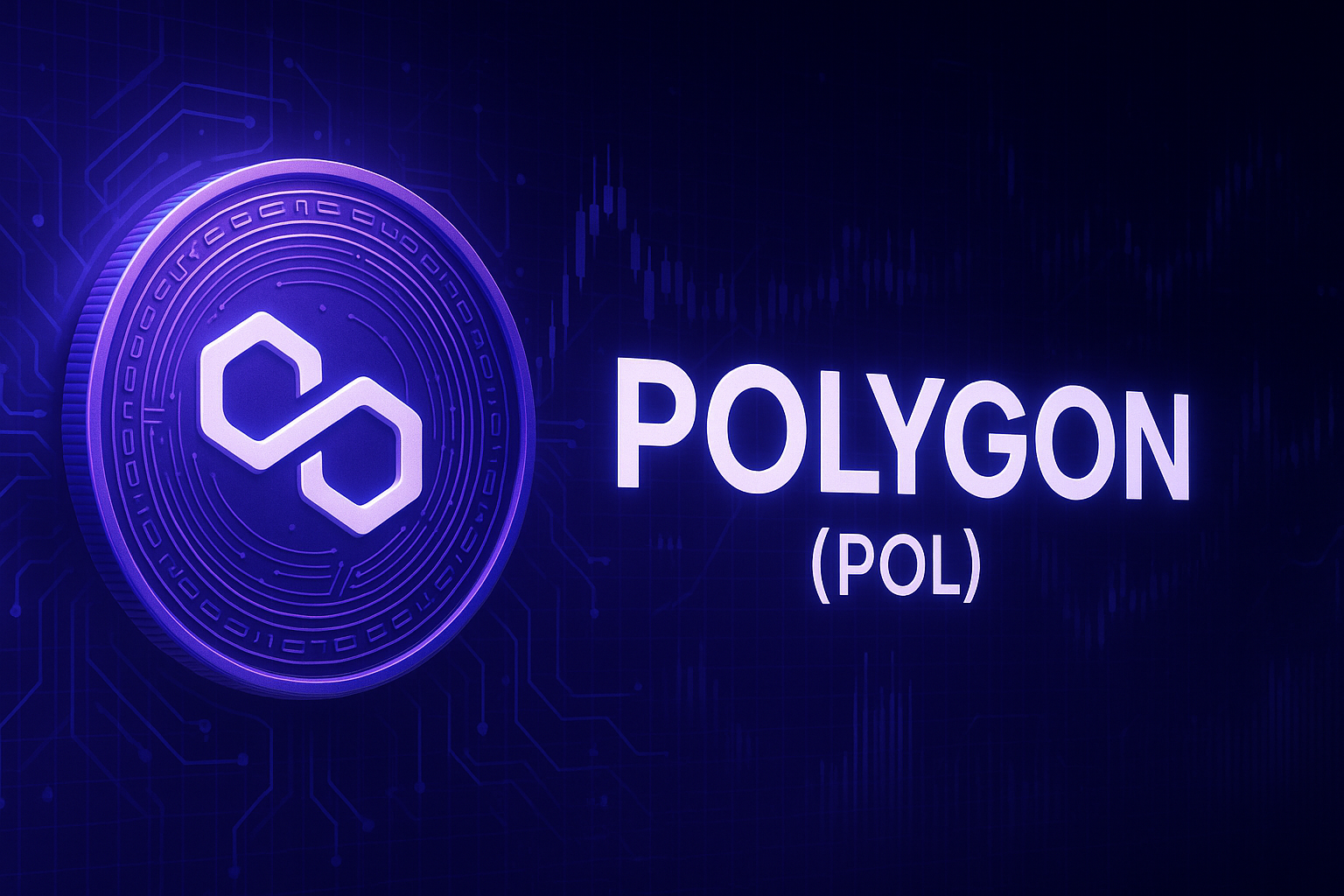Polygon (POL) is a Layer 2 blockchain protocol built on Ethereum, designed to enhance scalability, reduce transaction costs, and enable the development of decentralized applications (dApps) for Web3. Formerly known as MATIC, the native token POL powers governance, security, and transaction fees within the Polygon ecosystem. As a key part of the Ethereum scaling landscape, Polygon aims to build the “Value Layer of the Internet.”
Key Takeaways
- Polygon is a Layer 2 scaling platform designed to connect and grow Ethereum-compatible blockchains.
- POL (formerly MATIC) is an ERC-20 token used for governance, security, and transaction fees within the network.
- Polygon uses a modified proof-of-stake (PoS) mechanism to enhance scalability and efficiency.
- The transition from MATIC to POL was completed on September 4, 2024.
- Polygon supports thousands of transactions per second at low costs, enabling widespread Web3 adoption.
The History of Polygon (POL)
Polygon began as the Matic Network in 2017, co-founded by Jaynti Kanani, Sandeep Nailwal, Anurag Arjun, and Mihailo Bjelic. It initially focused on improving Ethereum's performance through Layer 2 technology.
In 2020, following its token sale on Binance, Matic rebranded to Polygon, expanding its mission to support full-stack blockchain development for Web3. Notable milestones include:
- 2022: Former YouTube gaming executive Ryan Wyatt joined as CEO.
- 2023: Launch of Polygon Labs and Polygon Foundation to drive development and education.
- October 2023: Polygon began transitioning its native token from MATIC to POL, completed in September 2024.
How Polygon Works
Modified Proof-of-Stake (PoS)
Polygon uses a modified PoS mechanism, where validators stake POL tokens in return for the ability to confirm transactions and earn rewards. This consensus mechanism allows:
- Faster block confirmation times
- Lower energy consumption
- Improved scalability compared to Ethereum mainnet
Benefits of Using Polygon
Faster and Cheaper Transactions
Polygon completes transaction finality in a single block, enabling >32 transactions per second and fees typically under $0.01.
Ethereum Compatibility
Polygon is fully Ethereum-compatible, enabling cross-chain communication and supporting Ethereum-based smart contracts.
Interoperability and Developer Support
Polygon provides development tools and custom blockchain deployment for projects seeking high scalability and Ethereum interoperability.
Limitations of Polygon
While Polygon offers many advantages, it’s important to note a few limitations:
- Not a standalone blockchain– Polygon relies on Ethereum for core security.
- POL’s limited consumer utility– It’s primarily used for staking, governance, and transaction fees rather than everyday payments.
- Still evolving– Like many Web3 platforms, Polygon is actively under development.
Polygon vs. Ethereum: What's the Difference?
| Feature | Ethereum | Polygon |
| Layer | Layer 1 (base protocol) | Layer 2 (scaling solution) |
| Consensus | Proof of Stake | Modified Proof of Stake |
| Speed | ~15 TPS | >32 TPS |
| Transaction Fees | High | Low (<$0.01) |
| Token | ETH | POL (formerly MATIC) |
Polygon enhances Ethereum’s capabilities by offloading congestion and reducing costs without compromising decentralization or security.
The Transition from MATIC to POL
The POL token upgrade introduced several enhancements:
- Broader fee earning capabilities
- Better support for multiple Layer 2 chains
- Improved staking infrastructure
The upgrade went live in September 2024, replacing MATIC as the network’s native token.
Polygon and the Web3 Vision
In November 2023, Polygon launched Village 2.0, a Web3 accelerator providing:
- Grants and funding
- Mentorship and education
- Tools for dApp development
Polygon envisions a decentralized internet where users own their data and assets—the so-called “Value Layer of the Internet.”
Is POL a Good Investment?
As with any cryptocurrency, POL is speculative and subject to volatility. Its potential hinges on Polygon’s continued role in Web3 infrastructure. Always consult with a financial advisor before investing.
Where to Buy POL?
You can purchase POL on major exchanges such as:
- Coinbase
- Binance
- Kraken
- KuCoin
Be sure to use a secure crypto wallet and consider self-custody solutions for better control of your assets.
Final Thoughts
Polygon (POL) is one of the most prominent Ethereum Layer 2 scaling platforms, offering developers and users a fast, low-cost, and secure way to build on Ethereum. As Web3 adoption accelerates, Polygon’s role in scaling Ethereum and supporting decentralized innovation makes it a project to watch.
Learn More
To explore Polygon’s ecosystem and updates, visit the official website:
🔗 https://polygon.technology/
About Cregis
Founded in 2017, Cregis is a global leader in enterprise-grade digital asset infrastructure, providing secure, scalable and efficient management solutions for institutional clients.
Built to solve the challenges of fragmented blockchain systems and asset security risks, Cregis delivers MPC-based self-custody wallets, WaaS solutions, and Payment Engine, featuring collaborative asset control and a compliance-ready ecosystem.
To date, Cregis has served over 3,500 institutional clients globally. Our solutions empower exchanges, fintech platforms, and Web3 enterprises to adopt blockchain technology with confidence. Backed by years of proven expertise in blockchain and security, Cregis helps businesses accelerate their Web3 transformation and unlock global digital asset opportunities.

